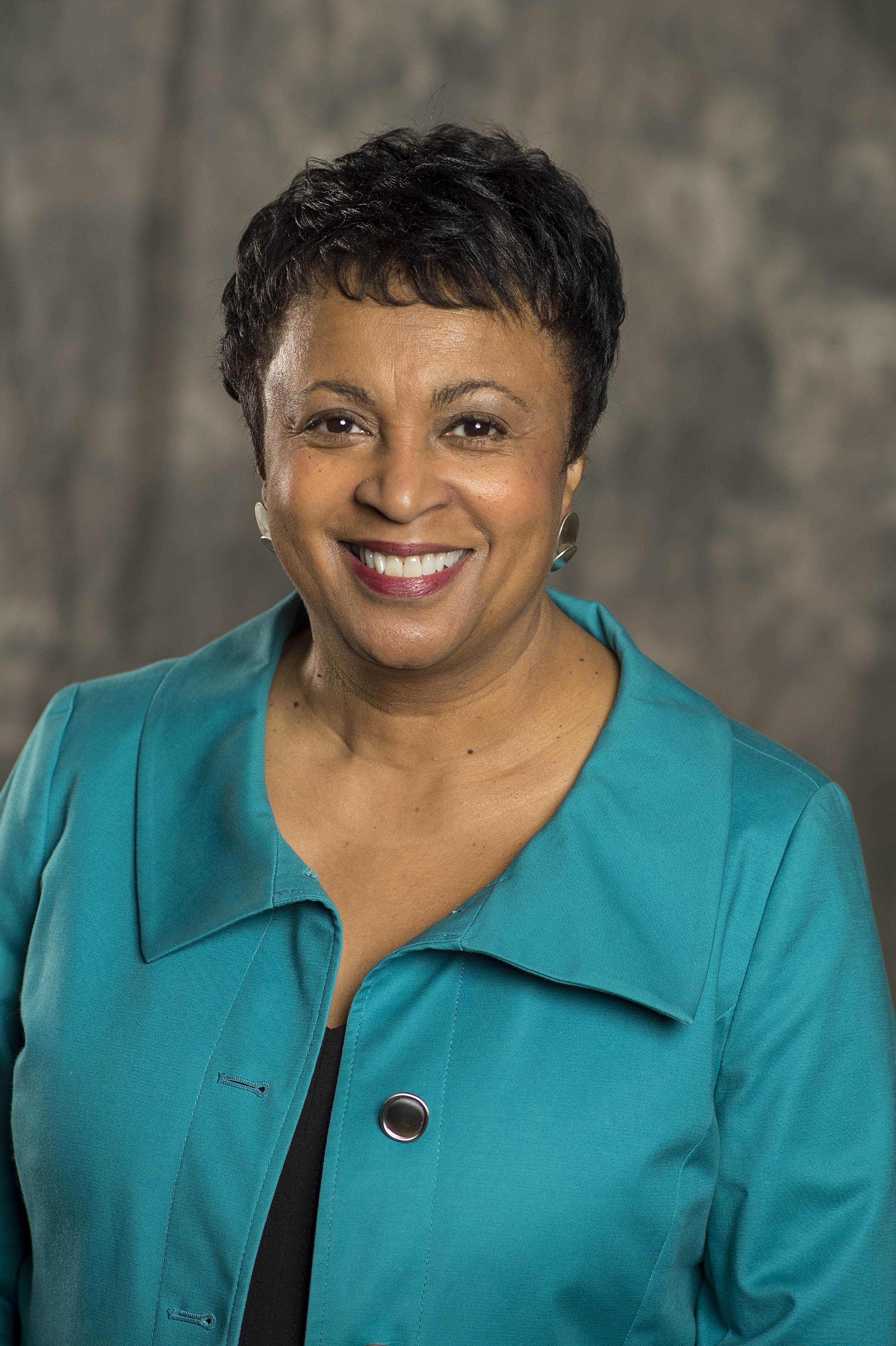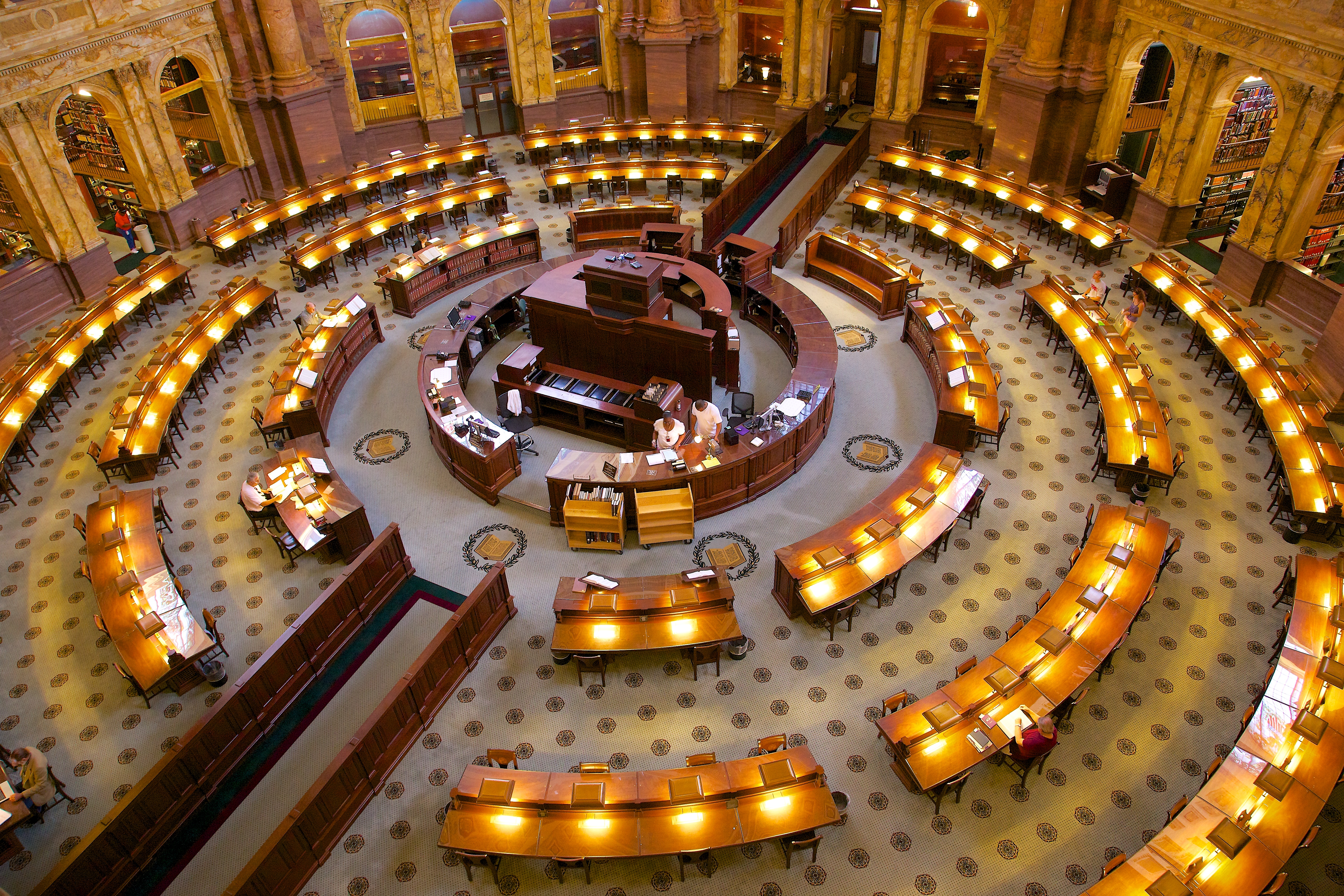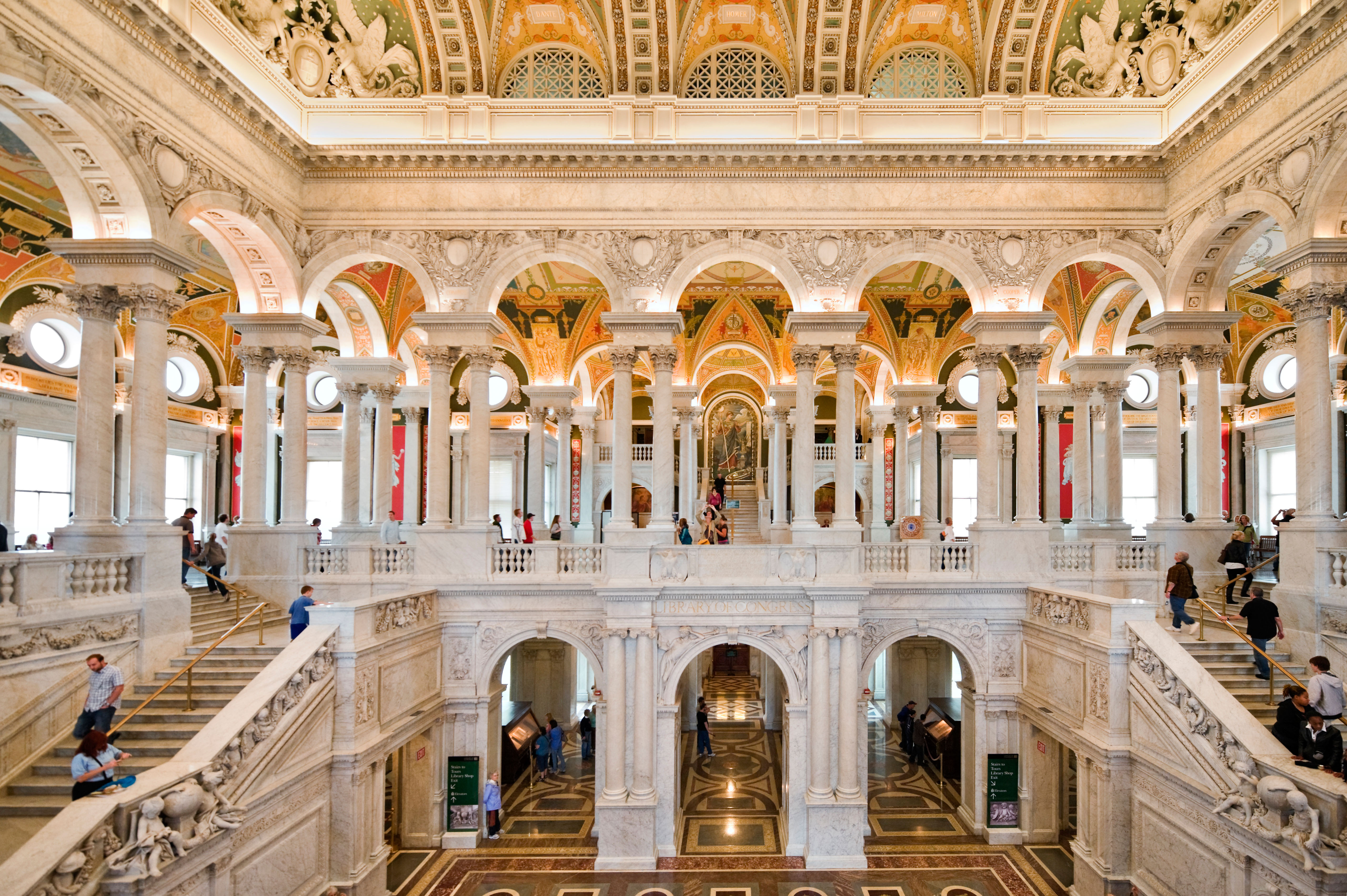Library of Congress is one of the largest and most valuable research libraries in the world. It consists of three buildings located just east of the United States Capitol in Washington, D.C. The library has about 175 million items in its collections, including about 40 million books, pamphlets, and other printed materials in 470 languages. There are about 135 million items in the special collections, including charts, engravings, manuscripts, maps, motion pictures, photographs, and recordings. In addition, the Library of Congress has digitized millions of items—that is, translated them from their original form into a numeric form that can be stored on a computer server and then accessed via other computers. The digitized materials can be seen on a website hosted by the library, American Memory. The vast collection of online materials includes millions of books, documents, sound recordings, still and moving images, and maps. The Library of Congress is a partner in UNESCO’s World Digital Library project, to which many of the world’s national libraries are contributing digitized material from their collections.

The library owns about 5,700 incunabula (books printed before 1501), the largest collection in the Western Hemisphere. They represent the earliest products of the printing press, which was invented about 1450. This collection includes a perfect copy of the Gutenberg Bible, the first important book printed in the Western world.
The library’s 75-million-piece manuscript collection represents all aspects of American life and culture. The U.S. history collection contains the papers of almost every president from George Washington to Calvin Coolidge. The library’s collections of Chinese, Japanese, and Russian materials are the largest in the world outside eastern Asia and Russia.
The library’s first responsibility is to provide research and reference assistance to the U.S. Congress. However, it also serves as the national library, having extended its services over the years to government agencies, other libraries, scholars, and the general public. The librarian of Congress administers the library. The librarian is appointed by the president of the United States and must have the approval of the Senate.

The Library of Congress provides cataloging information to other libraries online, through its websites. Through a program called Cataloging in Publication, the library gives publishers cataloging data to be printed directly in books, usually on the back of the title page. The Library of Congress loans other libraries books that are unobtainable elsewhere and supplies photocopies of other materials. The library also provides books in braille and recorded books to blind and disabled readers. Numerous cooperating libraries help distribute these materials.
One department of the library administers the copyright laws. Two copies of every publication for which an author requests copyright protection must be deposited in the library. The library selects items for its collections from these deposits. A division of the library called the Center for the Book in the Library of Congress attempts to stimulate public interest in books and reading and to encourage the study of the printed word. It sponsors various activities, including lectures, exhibitions, and reading promotion projects.
Congress established the library in 1800. It appropriated $5,000 to buy books and furnish a room in the Capitol for the library. This first library, with a collection of 3,000 books, was destroyed in 1814 when British troops burned the Capitol.
Congress immediately began building up a new library in the Capitol. In 1815, it purchased the private library of Thomas Jefferson, which had about 6,000 books. The Library of Congress continued to grow, although several fires—the most serious in 1851—damaged the collections. In 1897, the library moved to a new gray sandstone building east of the Capitol because it was too large to be kept in the Capitol. In 1938, an annex of white Georgia marble was built on an adjoining site. In 1980, the James Madison Memorial Building, the largest library building in the world, was constructed. At this time, the 1897 structure was renamed the Thomas Jefferson Building and the 1938 annex was renamed the John Adams Building. Together, the three library buildings have about 71 acres (29 hectares) of floor space. 
